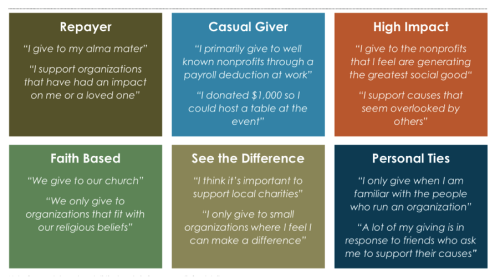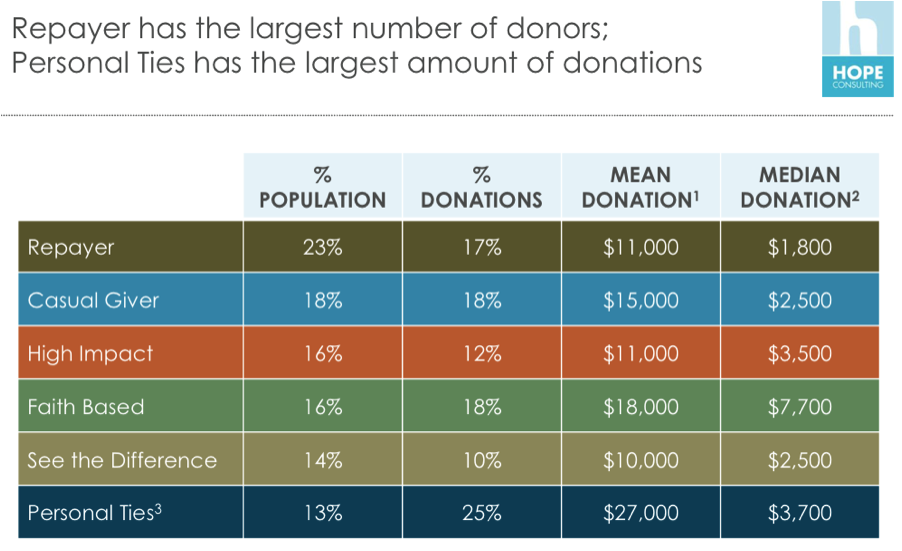 I bought a new car last year and the first thing that the dealer said to me was, “Come on in, you deserve a nice car!”
I bought a new car last year and the first thing that the dealer said to me was, “Come on in, you deserve a nice car!”
In addition to the scary sales intro, this statement didn’t work for me because (unlike most people) I view cars as a totally practical purchase, i.e. I don’t believe that the kind of car I drive says anything about me as a person. And, I certainly don’t believe it’s something that I do or don’t deserve.
I know. I’m an outlier. Lots of people (male and female) LOVE their cars, but what the dealer did wrong in this situation is assume that he understood my personal motivations for car shopping. And, he missed the target.
It occurs to me that we do the same thing every day when we communicate with our donors en masse. We assume that we know why they give a hoot about our issues and our organizations. And, we’re often off the mark.
Here’s the issue: If we really want to increase donations, we desperately need to understand what motivates people to give!
Some nonprofits use demographics, like age, gender and zip codes as a proxy for motivation, but Money for Good - an excellent study which tries to understand why consumers give - discovered that “statistically, donors break out into six behavioral segments.” And, motivation is better understood by analyzing the behavior of donors vs. demographics.
You should read the entire study, but according to Money for Good, here’s is a quick over view of why people give.
Repayer – “I give to my alma mater.” “I support organizations that have had an impact on me or a loved one.”
Causal Giver – “I primarily give to well known nonprofits through a payroll deduction at work.” “I donated $1,000 so I could host a table at the event.”
High Impact – “I give to the nonprofits that I feel are generating the greatest social good.” “I support causes that seem overlooked by others.”
Faith Based – “We give to our church.” “We only give to organizations that fit with our religious beliefs.”
See the Difference – “I think it’s important to support local charities.” “I only give to small organizations where I feel I can make a difference.”
Personal Ties – “I only give when I am familiar with the people who run an organization.” “A lot of my giving is in response to friends who ask me to support their causes.”
I have a suspicion that most nonprofit messaging assumes that people are “High Impact” givers, i.e. they give to nonprofits because of the great changes they are making in the world. This is why so much nonprofit messaging revolves around showing IMPACT. But what if this isn’t true? What if most givers are “Repayers” or donate because of personal ties? See below. How would this reality change our messaging and fundraising strategies?

Have you surveyed your donors or done an analysis to understand WHY they give to you? How are you using this information to influence your messaging and marketing strategy?
Don’t be a car salesman and assume that you know what matters to me! Instead, do your best to get inside of my head so that you can motivate me to donate more.


COMMENTS